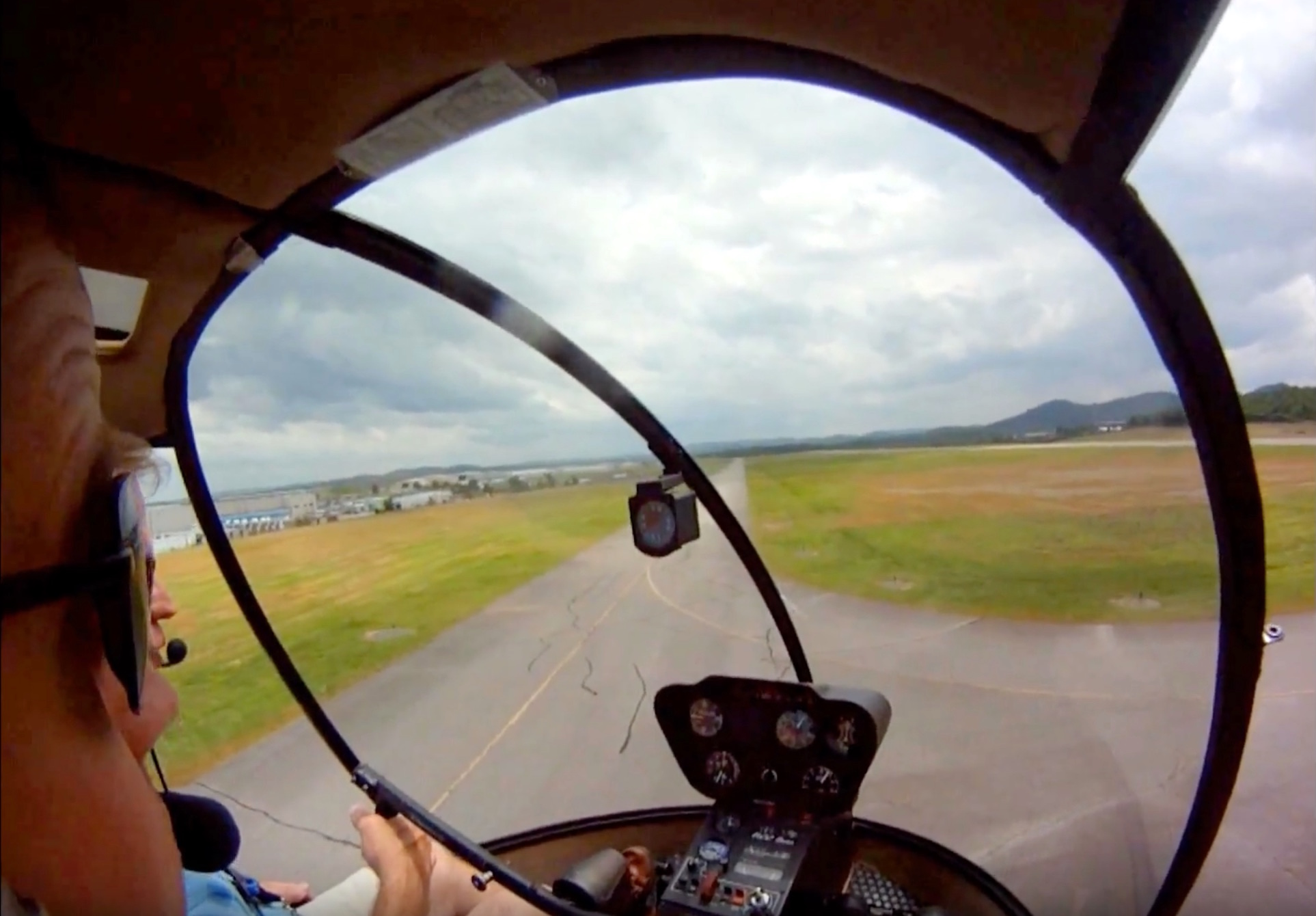 After my recent helicopter ride over the Grand Canyon, a subscriber emailed me a warning: “beware helicopters, Peter – they are very addictive.”
After my recent helicopter ride over the Grand Canyon, a subscriber emailed me a warning: “beware helicopters, Peter – they are very addictive.”
Now, I must be honest, I have never really been attracted much to these highly complex and, to some eyes, ugly flying machines. I always thought you needed at least three arms and three legs to fly them, or be some sort of genius when it comes to co-ordination. Someone told me that flying a helicopter was like balancing on one leg, standing on top of a sunscreen-slicked beach ball, while patting your head and rubbing your belly all at the same time.
And the jokes about helicopters are numerous, from old chestnuts about being so ugly they don’t fly – the ground just repels them…to the more technical: real planes have one stick to fly them – bulldozers and helicopters need two. And so on. But as one helicopter pilot put it to me: “to fly is heavenly, to hover is divine”.
And what about safety? Aren’t helicopters much more dangerous than fixed wing aircraft? Not according to USA accident statistics; helicopters, they say, are in fact significantly safer per hour of flight than most GA single engine fixed wing planes.
With all these thoughts whirling (geddit??) in my mind, I went to a very well-known helicopter school at Moorabbin Airport and with a senior instructor, toured their facility. All very professional. I even sat in a Hughes (or is it Schweizer?) 300 two-seat helicopter and listened to a basic briefing about how it flies. The aircraft seemed fairly well worn, after the brand new Foxbat I’d just been flight testing, with almost 7,000 hours on the meter. But hey, if it’s survived that long, most of it in a training school, it can’t be that difficult to fly. Can it?
So next week I’m going to take a Trial Instruction Flight (TIF) to see if I can stand on the beach ball without falling over.
Meanwhile, I have been watching a series of long but fascinating videos on YouTube, posted by a guy called Michael Carr, based near Nashville in Tennessee. He takes us through all his lessons in a Robinson R22 two-seat helicopter, from the very first to eventually taking his father as his first passenger. The videos are uncut GoPro footage and are about an hour long each. They have wired-in sound from the radio/intercom so you can hear both Michael and his instructor. They are best viewed full-screen in high definition – that way you can almost feel the helicopter moving underneath you and see the control movements and instruments.
As usual, click the photo to take you to the first of Michael’s videos. But beware: they can be very addictive!
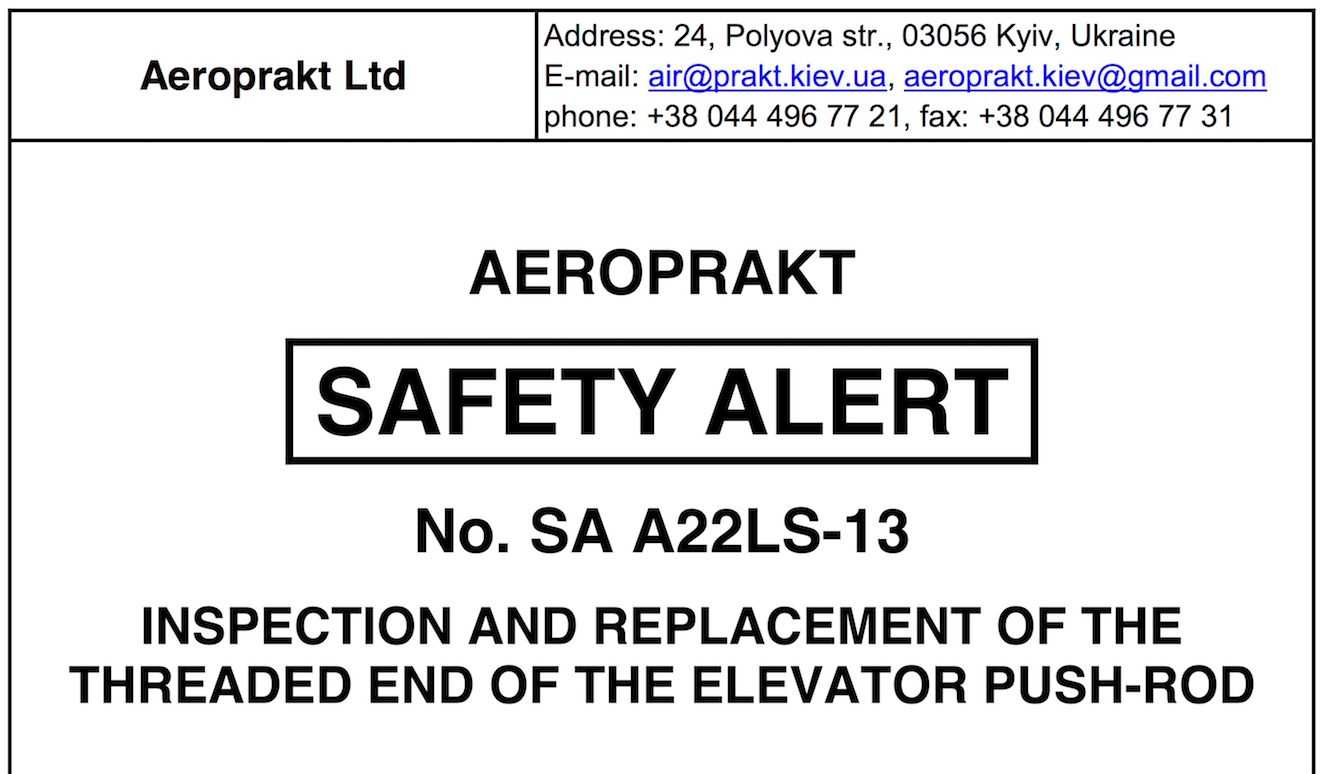 Aeroprakt has issued a new MANDATORY safety bulletin affecting all centre-stick control A22 aircraft which are fitted with a control locking pin between the seats. Affected A22LS aircraft start from serial number 174 and A22L2 aircraft from serial number 435.
Aeroprakt has issued a new MANDATORY safety bulletin affecting all centre-stick control A22 aircraft which are fitted with a control locking pin between the seats. Affected A22LS aircraft start from serial number 174 and A22L2 aircraft from serial number 435.
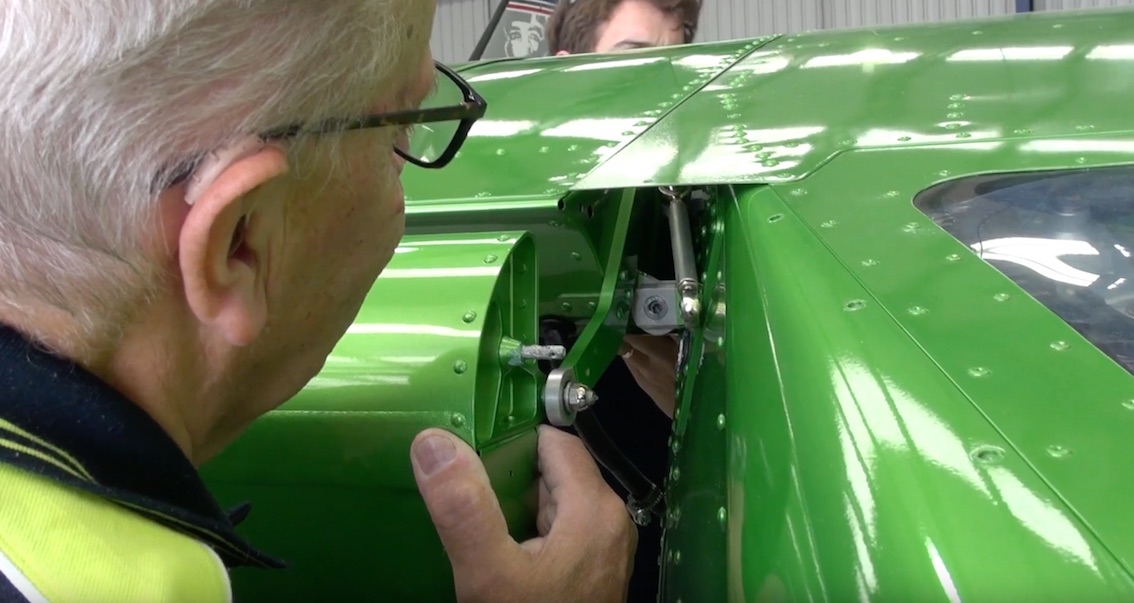

 I have just received the annual statistics report for 2015 for the FoxbatPilot blog from WordPress. The blog started at the end of March 2014; these figures are for the calendar year 2015.
I have just received the annual statistics report for 2015 for the FoxbatPilot blog from WordPress. The blog started at the end of March 2014; these figures are for the calendar year 2015.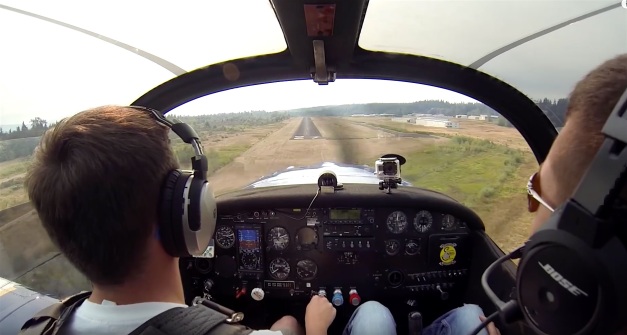
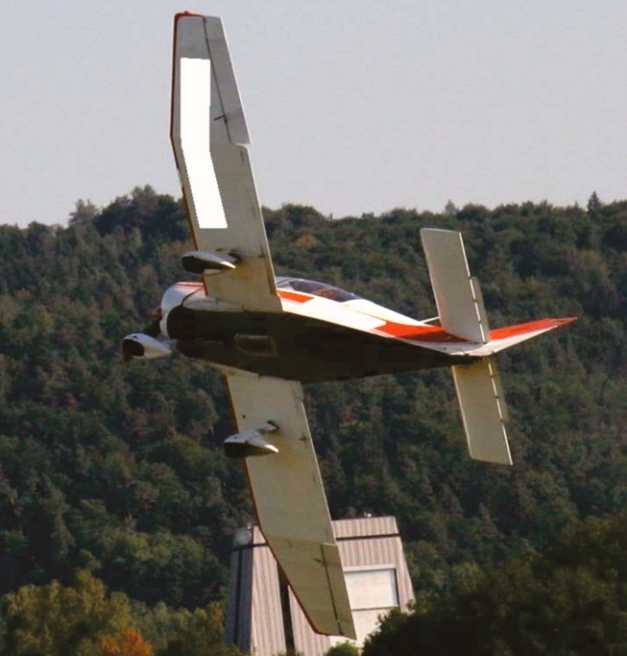

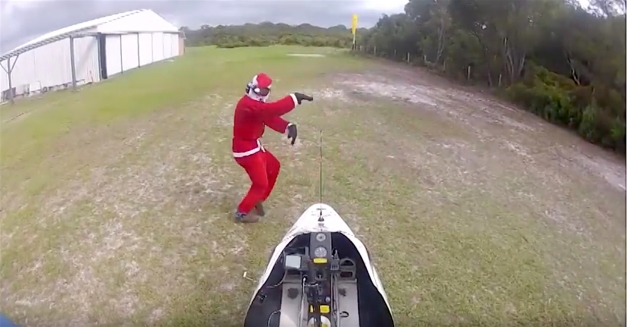
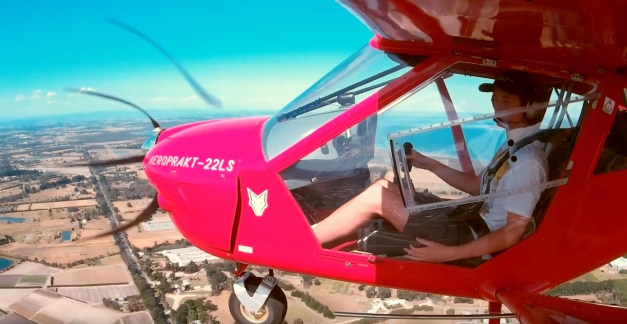
 Aeroprakt has issued two new service bulletins which amend the Aircraft Maintenance Manual (AMM) and Pilot Operating Handbook (POH) for certain A22 aircraft – check the bulletins (see below) to see if your aircraft is affected.
Aeroprakt has issued two new service bulletins which amend the Aircraft Maintenance Manual (AMM) and Pilot Operating Handbook (POH) for certain A22 aircraft – check the bulletins (see below) to see if your aircraft is affected.